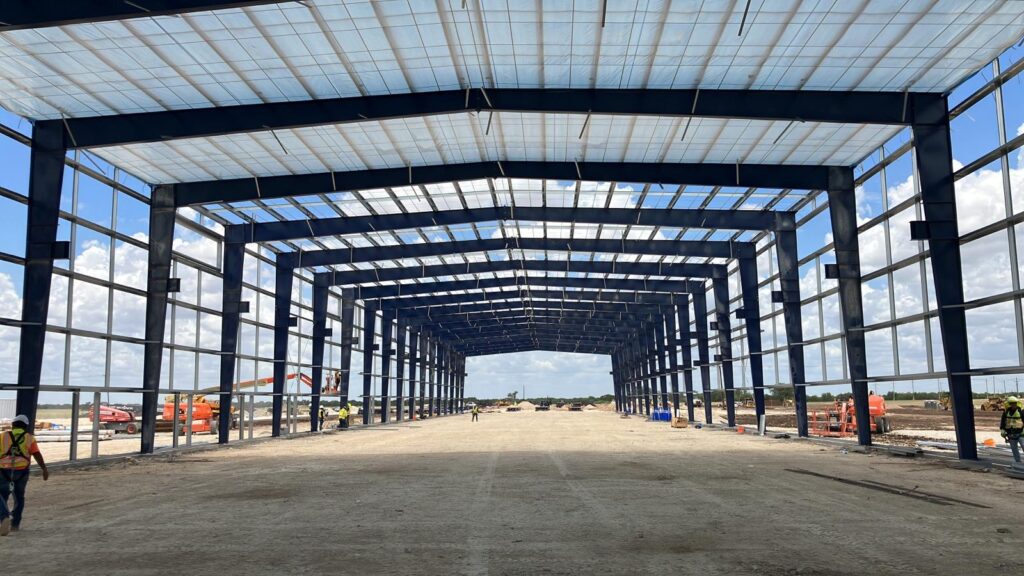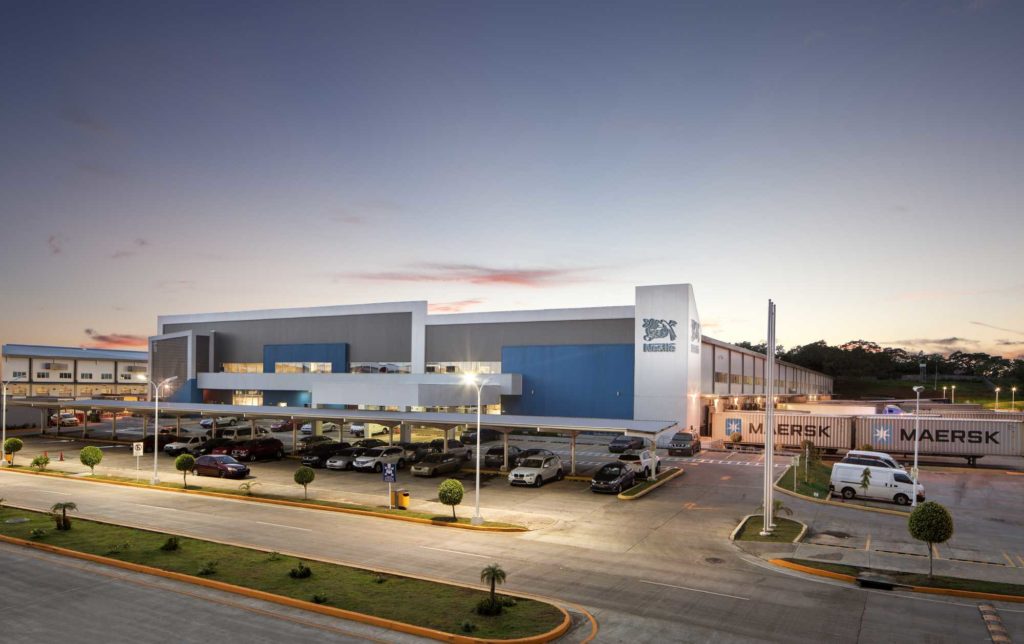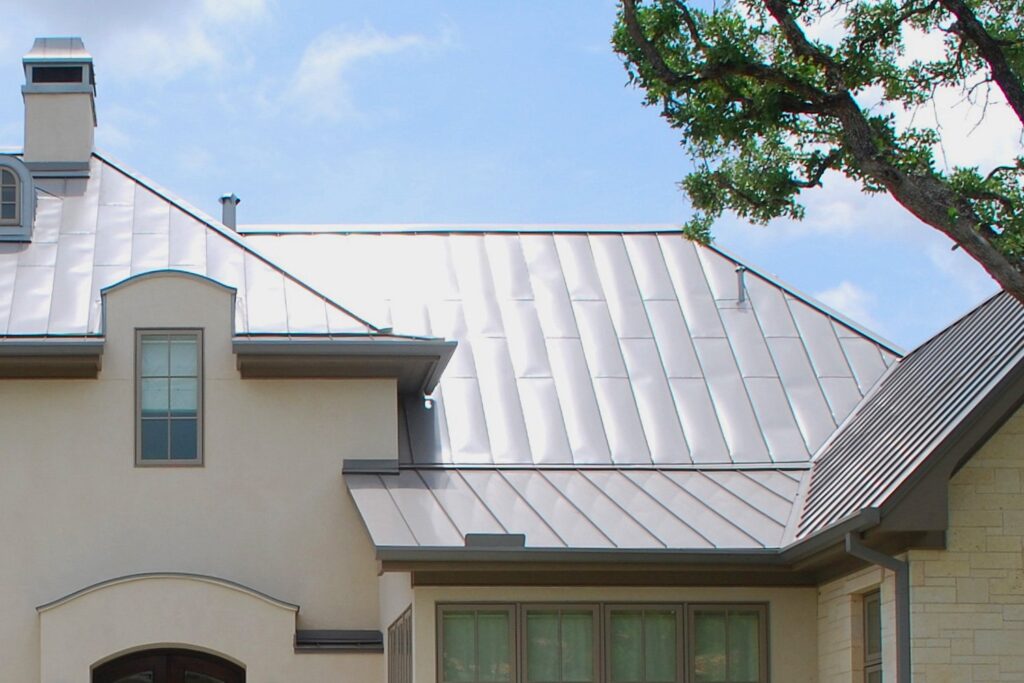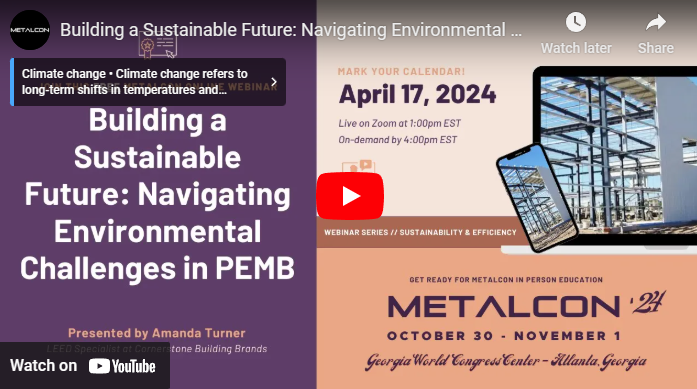
One of the top construction trends for 2024 includes the use of pre-engineered metal buildings (PEMBs). The increasing popularity of prefabricated materials stems from their proven ability to enhance efficiency, cut labor expenses, and align with green/sustainability goals. As professionals continue realizing the value of this method, more and more will look to infuse it into their production mix during 2024 and the coming years.
While pre-engineered metal buildings (PEMBs) have always been a very cost-effective building method, they have not been the best when it comes to heating and cooling, making it a challenge to adopt them widely in the quest to lower construction’s carbon footprint.
The goal of reducing emissions of greenhouse gasses (GHG) to net zero (aka producing as much power as something consumes) has been a priority for the construction industry for well over a decade now. Back in 2009, when an executive order was signed stating that by 2030 all federal buildings must be net zero, the industry faced what felt like an impossible task under the then current designs and practices, especially as it pertained to PEMBs. However, innovations in technology have now put this goal within reach — especially for large structures including PEMBs.
Benefits of PEMBs

Applications for PEMBs span the spectrum of commercial uses, from basic warehouses and manufacturing facilities to retail and self-storage projects to agricultural applications. Perhaps surprising to many are the number of primary schools, fire stations, churches, sports facilities and breweries that have been created as PEMBs. What might be the most attractive aspect of PEMB construction is that the primary framing, secondary and structural components, exterior cladding and every type of trim all comes from a single source.
Another important benefit offered by a PEMB is durability. Welded framing ensures you have the strongest and most durable structure for whatever application is being called for. Metal buildings that have been properly coated don’t warp, rot or suffer water damage. When thoughtfully maintained the serviceable life of a PEMB can exceed 50 years.
With a variety of frame types to choose from there are few limits to what can be created. A wide range of trim, hardware and accessories that come in dozens of styles and colors allow for full customization. The ability to apply decorative cladding also allows for the construction of unique and memorable buildings.
Innovations in PEMBs
Over the past decade, innovations collectively reflect a continued evolution towards more efficient, sustainable, and versatile prefab engineered metal buildings.
Renewables
There is a growing emphasis on energy-efficient design and sustainable building practices in prefab metal construction. This includes the use of renewable energy sources, such as solar panels and wind turbines designed specifically for use on commercial buildings. Geothermal and biopower represent two additional promising frontiers in renewable energy, although their use is limited in the commercial sphere.
Energy-Efficient HVAC Systems
Heating and air conditioning account for a large proportion of a PEMBs energy consumption. Some of the recent technological innovations include:
- Smart HVAC — These systems connect to the internet and use sensors and controls to regulate temperatures based on weather conditions and occupancy.
- Variable Refrigerant Flow (VRF) — Enables users to control temperature settings individually in different zones of a building, reducing the waste of unnecessary cooling or heating.
- Geothermal heat pumps — Perhaps the most ingenious and efficient system in use today. These systems require no fuel, produce no emissions, and consume only enough energy to power the associated electrical devices.
Energy-Efficient Roofs, Lighting and Water Systems

Cool roofs, which effectively reflect solar radiation, particularly benefit from metal as a material choice, making it the preferred option for Pre-engineered Metal Building projects. Metal is one of the most effective materials for reflecting the sun’s radiation back into the atmosphere.
Fluorescent tubes, already used in most commercial and industrial environments are four to six times more efficient.
Three innovative water systems are helping PEMB’s to be more energy efficient. They include: Heat pumps used in geothermal heating and cooling can be incorporated to provide hot or cold water as needed; Cooling towers which as the name suggests, transfer heat through evaporation and by bringing the water into contact with air; and tankless water heaters.
Improved Insulation and Thermal Performance
Innovations in insulation materials and construction techniques have been improving the thermal performance of prefab metal buildings. Insulation saves more energy than it takes to produce. Currently, the top five metal roofing and siding insulation options include: spray foam, rigid board, batt and blanket, loose-fill, and foil bubble.
Learn More about PEMBs with METALON Online
🌟 Dive into a groundbreaking journey of sustainability in the Pre-engineered Metal Building (PEMB) industry! Don’t miss out on METALCON Online this Wednesday, April 17th, where LEED Specialist Amanda Turner will lead an informative session that will redefine your approach to PEMB projects. Uncover the secrets of material selection, energy-efficient design, and waste reduction strategies that will revolutionize your PEMB projects.
🌱 Join us to gain invaluable insights and skills to champion sustainable practices in your projects. Explore the critical relationship between PEMBs and sustainability in order to work towards a greener, more resilient future. 🔍 Watch now on-demand. Be apart of this dynamic session that promises to empower, inspire, and shape the future of PEMB construction where sustainability isn’t just a goal — it’s a reality.
Amanda Turner, LEED Specialist at Cornerstone Building Brand, is a seasoned professional with over 14 years of experience in the energy and sustainability sectors and has been at the forefront of driving innovative solutions to address sustainability challenges within various industries.
This webinar is approved for 1 AIA LU HSW so don’t forget to complete the survey at the end of the session.

Be sure to browse the full library for any other topics you want to catch up on.
Complete the survey at the end to receive your credit and certificate of completion.
